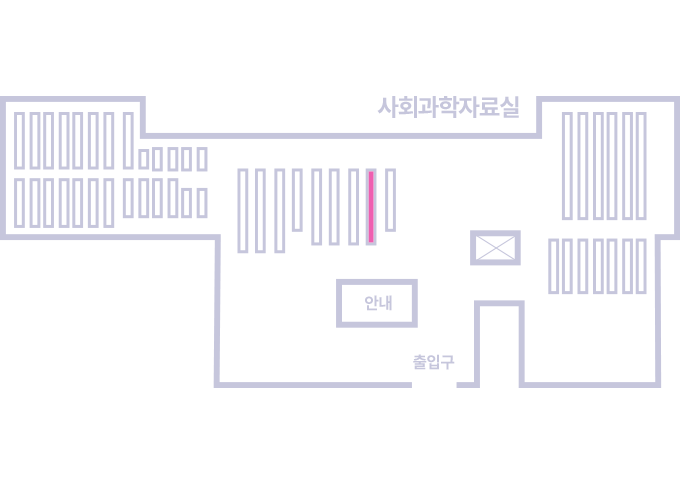권호기사보기
| 기사명 | 저자명 | 페이지 | 원문 | 기사목차 |
|---|
| 대표형(전거형, Authority) | 생물정보 | 이형(異形, Variant) | 소속 | 직위 | 직업 | 활동분야 | 주기 | 서지 | |
|---|---|---|---|---|---|---|---|---|---|
| 연구/단체명을 입력해주세요. | |||||||||
|
|
|
|
|
|
* 주제를 선택하시면 검색 상세로 이동합니다.
Title Page
Contents
Abstract 12
Ⅰ. INTRODUCTION 14
Ⅱ. MATERIALS AND METHODS 17
1. Materials 17
2. Fabrication of Gelatin/alginate coacervates with or without cryoprotectant 18
3. Freeze-drying process of complex coacervates 18
4. Characteristics of rehydrated coacervates 19
4-1. Appearance of rehydrated coacervates and DLS 19
4-2. Fluorescence microscope 19
5. Characteristics of freeze-dried coacervates 20
5-1. Scanning electron microscope (SEM) analysis 20
5-2. ATR-FTIR 20
6. In vitro profiles 21
6-1. bFGF stability measurement 21
6-2. In vitro release test 21
7. In vitro cell activity study 22
7-1. In vitro HDFs viability test 22
7-2. In vitro HDFs Procollagen synthesis 23
7-3. In vitro HDFs migration test 23
8. Statistical Analysis 24
Ⅲ. RESULTS 25
1. Characterization of Gelatin/alginate coacervates 25
2. Effects of cryoprotectants on Characteristics of rehydrated coacervates 27
2-1. Effect on aggregation and turbidity changes upon rehydraion after freeze-drying 27
2-2. Effects on particle size and PDI value 29
2-3. Fluorescence microscope images 31
3. Effects of cryoprotectants on characteristics of freeze-dried coacervates 34
3-1. Morphology and texture of freeze-dried coacervates 34
3-2. Effect of trehalose during freeze-drying process confirmed by SEM images 35
3-3. ATR-FTIR spectra of GA/SA Coacervate with trehalose 37
4. In vitro profiles 39
4-1. bFGF stability after freeze-drying process 39
4-2. Controlled release rate of Freeze-dried coacervates with trehalose 40
5. In vitro cell activity test 42
5-1. In vitro HDFs viability assay 42
5-2. In vitro HDF procollagen synthesis 44
5-3. In vitro HDF migration test 45
Ⅳ. DISCUSSION 47
Ⅴ. CONCLUSION 50
REFERENCES 51
ABSTRACT IN KOREAN 56
Figure. 1. Appearance of coacervates(CA) before freeze-drying and after rehydration of freeze-dried coacervates. (a) without cryoprotectant (b)... 28
Figure. 2. (a) Size and (b) PDI values of acetic acid or citric acid coacervates before freeze-drying (AA, CA) and after rehydaration of... 29
Figure. 3. Effects of cryoprotectants on (a) Size and (b) PDI value of rehydrated coacervates, (CA-F/D, CAT-F/D, CAM-F/D, CAW-F/D) 30
Figure. 4. Fluorescence microscope images of Citric acid coacervates with or without cryoprotectant. (a) before freeze-drying (b) without... 32
Figure. 5. Fluorescence microscope images of Acetic acid coacervates with or without cryoprotectant. (a) before freeze-drying. (b) without... 33
Figure. 6. Morphology and texture of freeze-dried coacervates (a) with various concentration of cryoprotectants. (b) texture of freeze-dried... 34
Figure. 7. SEM images of freeze-dried coacervates with or without trehalose 2%(w/v) (a) without trehalose (b) with trehalose... 36
Figure. 8. ATR-FTIR spectra of trehalose, GA/SA/trehalose powder mixture and CAT-F/D 38
Figure. 9. bFGF stability after F/D 39
Figure. 10. In vitro release profiles using Transwell method. comparison of AA-F/D, CA-F/D, AAT-F/D and CAT-F/D 41
Figure. 11. In vitro activity assay of coacervates at 5 days (n=3). (a) HDF viability assay before and after freeze-drying without trehalose (b)... 42
Figure. 12. PICP ELISA assay of supernatants collected at day 5 44
Figure. 13. (a) Representative bright field images of the HDF scratch wound assay (b) Wound closure of various conditions relative to the... 46
당뇨병성 족부궤양은 당뇨병 환자 5명 중 1명꼴로 발생하는 만성 질환으로 하지 절단을 피하기 위해 적절한 치료가 필요하다. 상처 치유 단계는 지혈, 염증, 증식 및 리모델링의 4단계로 나뉜다. 증식 단계는 성공적인 상처 치유를 위한 가장 중요한 단계이다. 이 과정에서 섬유아세포의 증식, 이동, 콜라겐 합성을 통해 육아조직이 형성된다. 그러나 당뇨병성 족부궤양 환자에서 피부 재생에 관여하는 세포는 고혈당 환경으로 인해 기능 장애와 비정상 적인 창상 치유가 나타난다. 이를 해결하기 위해 당뇨병성 족부 궤양의 창상 치유를 개선하기 위한 섬유아세포 성장 인자의 적용에 대해 많은 연구가 수행되어져왔다. 이전 선행한 연구에서 젤라틴/알긴산 코아세르베이트를 사용한 섬유아세포 성장인자 전달 시스템이 개발되었다. 액체 상태의 코아세르베이트를 장기간 보관하려면 동결 건조를 수행해야 한다. 그러나 동결건조 된 코아세르베이트를 재수화한 경우 고분자 응집으로 인해 입자크기와 다분산도 값이 증가했다. 이 연구에서는 동결 보호제를 추가하여 동결 건조 과정에서 코아세르베이트를 안정화시키는 것을 목표로 실험을 진행했다. 트레할로스, 만니톨 및 트윈 80은 동결 보호제의 후보로 선택되었다. 만니톨을 함유한 동결건조 된 코아세르베이트의 크기와 다분산도 값은 안정화되었으나 동결건조 된 샘플이 부서지기 쉬어 샘플 처리 시 다루기가 어렵다. 트윈 80을 사용한 동결건조 된 코아세르베이트의 경우 심한 응집이 발생했다. 따라서 코아세르베이트에 적합한 최종 동결보호제로는 물성이 양호하고 안정된 크기와 다분산도 값을 나타내는 트레할로스를 선택했다. 트레할로스를 함유한 동결 건조 코아세르베이트는 동결 건조 후 섬유아세포 성장인자의 안정성을 증가시켰다. 또한 트레할로스가 첨가되지 않은 코아세르베이트에 비해 섬유아세포의 성장, 이동 및 프로콜라겐 합성 측면에서 섬유아세포 성장인자의 활성을 향상시켰다.
결론적으로, 트레할로스는 섬유아세포 성장인자를 포집하는 동결건조 젤라틴/알긴산염 코아세르베이트의 활성을 효과적으로 향상시켰고, 당뇨병성 족부 궤양 치료를 위한 잠재적인 치료 방법으로 제안되었다.*표시는 필수 입력사항입니다.
| 전화번호 |
|---|
| 기사명 | 저자명 | 페이지 | 원문 | 기사목차 |
|---|
| 번호 | 발행일자 | 권호명 | 제본정보 | 자료실 | 원문 | 신청 페이지 |
|---|
도서위치안내: / 서가번호:

우편복사 목록담기를 완료하였습니다.
*표시는 필수 입력사항입니다.
저장 되었습니다.